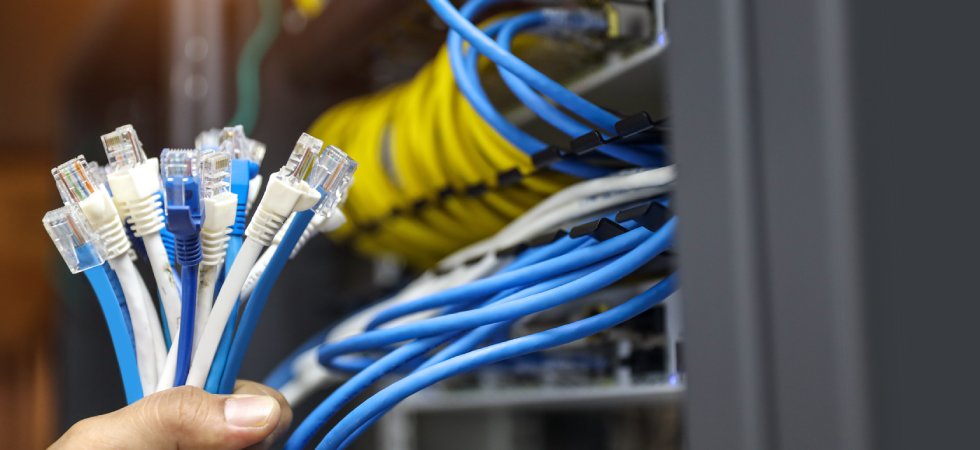A Quick Guide to the Different Types of Data Cables
Data cables—you guessed it—transmit data. However, more than one type of network cable exists. This guide will take a quick yet detailed look at the different types of data cables so you can decide which to use for your network.
Fiber-Optic Cables
Fiber-optic cables are at the forefront of modern data transmission, so you really can’t go wrong with these when you’re choosing the right data cable for your network. They transmit data using light rather than electricity, which makes them unbelievably fast and reliable.
These cables consist of thin strands of glass or plastic, and data races through them at the speed of light. Fiber-optic cables excel in long-distance communication because they barely lose signal strength over distance. Not only are they lightning-fast, but they’re also immune to electromagnetic interference.
The only downside is that fiber-optic cables are typically pricier than other options. However, the investment is often worth it for speed and reliability.
Coaxial Cables
Coaxial cables are probably more familiar than you realize. You’ve likely seen them connected to your cable TV or Internet modem. These cables feature a copper core surrounded by insulation, shielding, and an outer plastic layer to protect them.
Coaxial cables transfer data primarily through electrical signals. They enable moderate data speeds that work just fine for delivering television signals or connecting basic Internet setups. While they don’t match the speed or distance capabilities of fiber cables, coaxial cables are reliable and affordable, making them perfect for everyday household use.
However, they can be susceptible to interference if the shielding isn’t in great shape, so proper installation and upkeep are key.
Twisted Pair Cables
Twisted pair cables are the backbone of Ethernet networks worldwide. These cables consist of pairs of copper wires twisted together. The twisting is an ingenious design that reduces electromagnetic interference and helps these cables work effectively in environments packed with electronic devices.
This type of cable comes in these main designs:
- unshielded twisted pair (UTP)
- shielded twisted pair (STP)
UTP is more common and cost-effective, but STP offers extra protection against interference, making it a better choice for industrial or high-tech settings.
Understanding the different types of data cables is easy with this quick guide. Fiber-optic, coaxial, and twisted pair cables all serve distinct purposes, and knowing their strengths will help you pick the best option for your needs.

